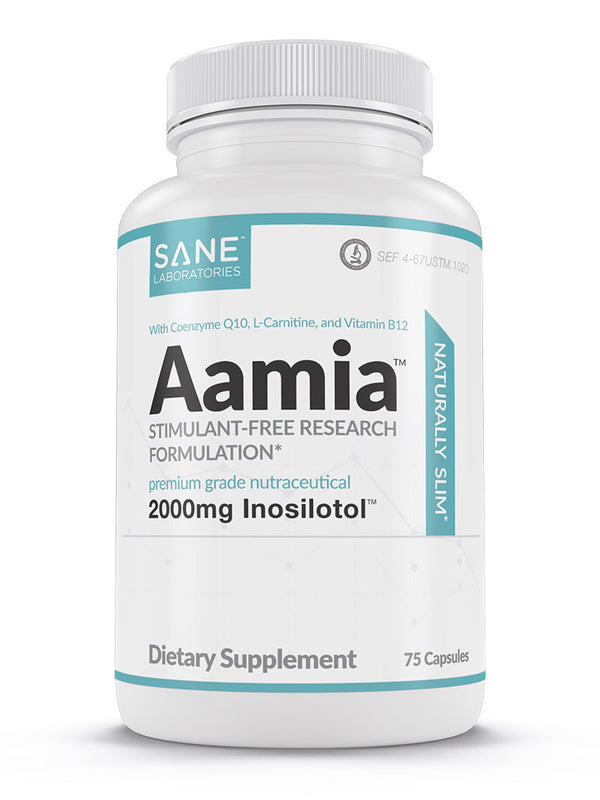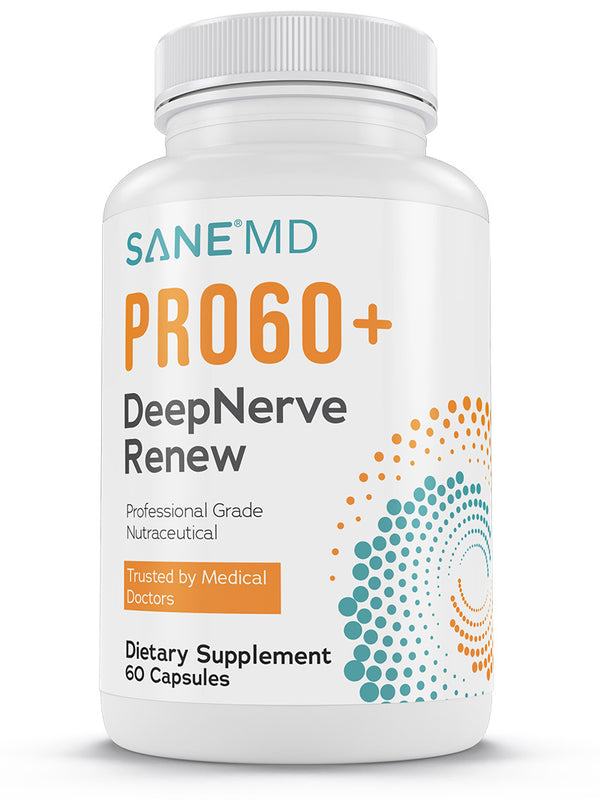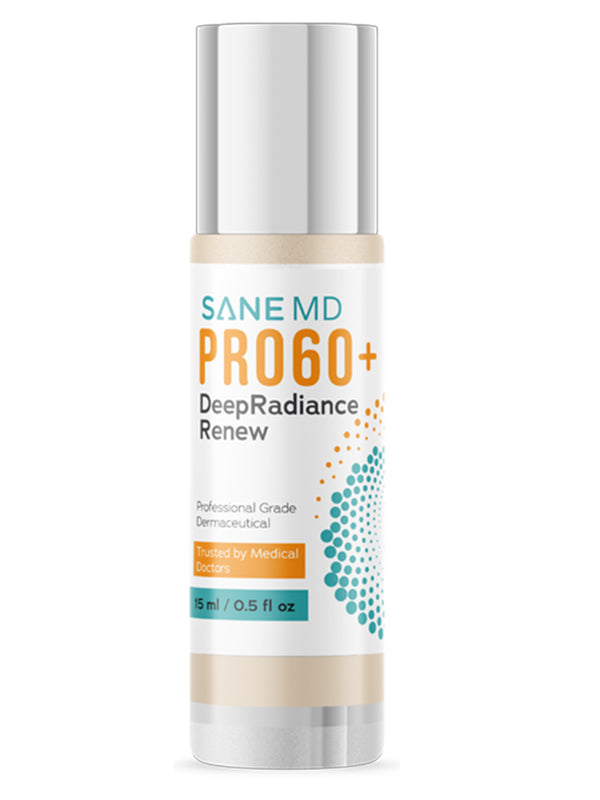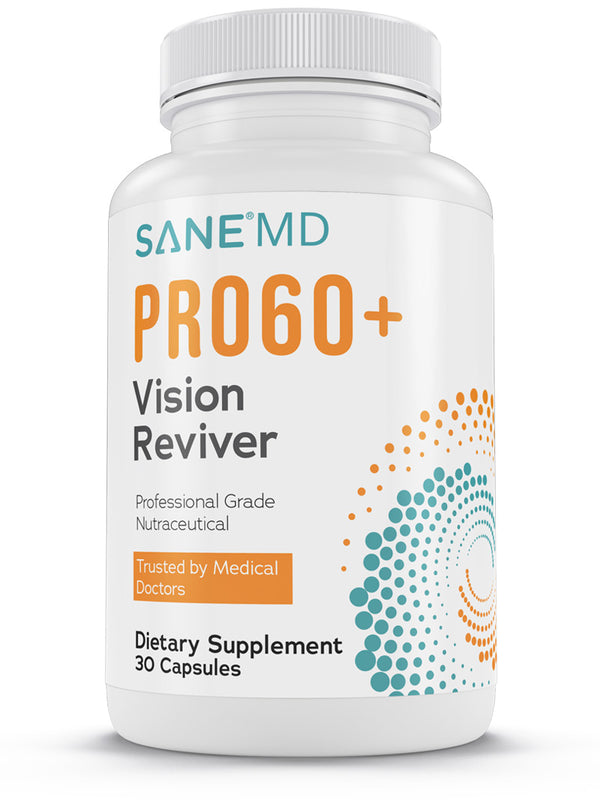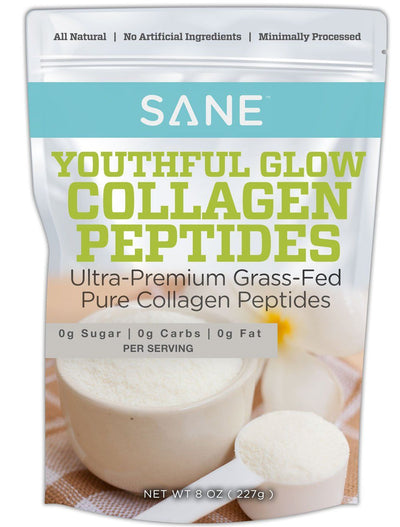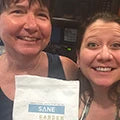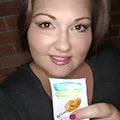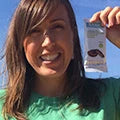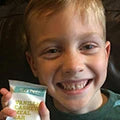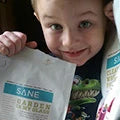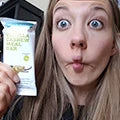Ever find yourself constantly clearing your throat or feeling an annoying tickle that just won't quit? If so, you might be dealing with something called postnasal drip—a common issue that can be a real nuisance.
Getting to Grips with Postnasal Drip
Post nasal drip happens when there's too much mucus hanging around in the back of your nose and throat, often causingthroat congestion. Normally, our bodies produce mucus to keep everything moist and to help trap and get rid of dust and other tiny invaders.
Usually, we swallow this mucus without even thinking about it. But when the mucus gets thicker, or there's more of it than usual,throat phlegm can start dripping down the back of your throat, leading to that irritating feeling.
Click here to learn more about Vitaae™ and to place your order now while supplies last!
Common Causes of Postnasal Drip
There are several culprits behind postnasal drip, and understanding them can help you figure out what's going on.
-
Allergies: If you suffer from seasonal allergies—whether it's dust, pollen, or pet dander—you might notice an uptick in mucus. This is often what's behind that pesky allergic postnasal drip.
-
Infections: Got viral infections like a cold or sinus infection? Your body's defense mechanism kicks in by producing more mucus, sometimes leading to postnasal drip. Bacterial infections can also be to blame.
-
Weather Changes: Ever notice how cold or dry air makes your nose feel? That’s because such conditions can irritate your nasal passages, making them churn out more mucus than usual.
-
Dietary Factors: Certain foods, especially dairy, can make your mucus thicker. So, if you're dealing with postnasal drip, what you eat might be contributing.
-
Irritants: Being around smoke, strong perfumes, cleaning products, or other chemicals can trigger your body to produce more mucus as a way to protect itself.
-
Medical Conditions: Conditions like gastroesophageal reflux disease (GERD) can also lead to postnasal drip. When stomach acids irritate your throat, your body responds by making more mucus.
Postnasal Drip Symptoms to Watch For
If you’re experiencing postnasal drip, here are some common signs:
-
A sensation that mucus is constantly dripping down the back of your throat
-
Frequent throat clearing
-
A sore or scratchy throat
-
A persistent cough, especially at night
-
A runny nose
-
Hoarseness or a voice that sounds a bit "wet"
-
Bad breath that just won’t go away
Why It Matters
Ignoring postnasal drip isn’t just uncomfortable—it can snowball into bigger problems like chronic coughs, sinus infections, or even ear infections. It can really throw a wrench into your daily routine, making even the simplest activities feel like a chore.
While there isn't a magic cure to make postnasal drip disappear for good, there are plenty of natural remedies that can help you manage it and feel more comfortable day-to-day.
In the next sections, we’ll dive into some of the best natural ways to tackle postnasal drip, helping you breathe easier and keep that irritating drip under control. Stick around to discover effective, natural solutions that could help you regain your peace of mind and put an end to the discomfort.
And if you found this guide useful, don’t hesitate to share it with others who might benefit from it too!
Naturopathic Solutions for Postnasal Drip Relief
Dealing with the discomfort of postnasal drip can be frustrating, but the good news is that you’re not alone—and there are natural ways to treat postnasal drip and find relief. Naturopathic approaches focus on gentle, holistic strategies to help your body heal and manage symptoms more comfortably.
Here are six effective naturopathic solutions for treating postnasal drip that you can try to keep this problem in check:
1. Stay Hydrated
Staying well-hydrated is key to thinning out that pesky mucus. Make sure you’re drinking plenty of water throughout the day to keep your mucous membranes moist. Herbal teas, especially those with ginger or chamomile, can offer soothing relief while keeping you hydrated.
Just steer clear of caffeinated or alcoholic drinks—they can dry you out and make things worse.
2. Use a Humidifier
Dry air can really do a number on your nasal passages and throat, leading to more mucus production. Adding a humidifier to your bedroom routine can help by putting much-needed moisture back into the air. This not only keeps your nasal passages and throat hydrated but can also thin mucus, so it doesn’t feel like it’s constantly dripping down your throat.
Just remember to clean your humidifier regularly to avoid mold and bacteria buildup.
3. Try Saline Nasal Rinses
A saline nasal rinse can work wonders in clearing out excess mucus and allergens from your nasal passages. Whether you use neti pots or saline nasal sprays, rinsing your nasal cavities with a warm saltwater solution can ease congestion and irritation, giving you quick relief.
Saline sprays are also a safer alternative to steroid nasal sprays. Always use distilled or previously boiled water to keep things safe.
4. Incorporate Anti-Inflammatory Foods
What you eat can play a big role in reducing inflammation and mucus production. Adding anti-inflammatory foods like turmeric, garlic, and leafy greens to your diet can support your immune system and soothe irritated tissues. It may also help prevent postnasal drip.
These nutrient-packed foods are not only great for your overall health but can also help improve your respiratory health.
5. Practice Gentle Steam Inhalation
Steam inhalation is a tried-and-true remedy for clearing out nasal passages and soothing a sore throat. All you need to do is pour some boiling water into a bowl, drape a towel over your head, and lean over the bowl to inhale the steam for about 10 minutes.
This simple practice can loosen mucus and ease congestion. For an extra boost, add a few drops of eucalyptus or peppermint essential oil to the water.
6. Elevate Your Head While Sleeping
If you’re tired of waking up with a sore throat or persistent cough, try propping up your head while you sleep. Using an extra pillow or two can help keep mucus from pooling in the back of your throat, allowing it to flow naturally and reducing the likelihood of nighttime symptoms.
A good night’s sleep is essential for recovery, and this small change can make a big difference.
These naturopathic solutions are easy to incorporate into your daily routine and can provide much-needed relief from the symptoms of postnasal drip. By embracing these natural practices, you’ll be supporting your body’s healing processes and taking control of your comfort.
Alternative and Eastern Medicine Solutions for Postnasal Drip Relief
If you’re exploring natural ways to ease the discomfort of postnasal drip, alternative and Eastern medicine offer some powerful remedies. These approaches focus on balancing the body's energy and promoting overall wellness, helping you manage symptoms more effectively.
Here are six solutions rooted in alternative and Eastern medicine principles that can help you tackle postnasal drip:
1. Acupuncture
Acupuncture, an ancient Chinese practice, involves inserting thin needles into specific points on the body to balance energy flow and reduce symptoms. When it comes to postnasal drip, acupuncture can be particularly effective in relieving congestion and improving respiratory health.
By targeting points related to the lungs and sinuses, it helps reduce inflammation and clear out excess mucus. Many people notice significant relief after just a few sessions.
2. Herbal Medicine
Traditional Chinese Medicine (TCM) has long relied on herbal formulas to treat various ailments, including postnasal drip. Herbs like magnolia flower, xanthium fruit, and angelica root are often used to clear nasal passages and reduce mucus production.
These powerful herbs work together to support respiratory health and ease symptoms. Consulting a licensed TCM practitioner can help you find the right herbal blend tailored to your specific needs.
3. Yoga and Breathing Exercises
Yoga, combined with specific breathing exercises, can do wonders for clearing your nasal passages and boosting lung function. Poses like the Bridge and Plow pose are particularly effective in enhancing sinus drainage and relieving congestion.
Incorporating pranayama, or controlled breathing techniques, can also help reduce mucus buildup and promote a sense of calm. With regular practice, you’ll likely notice a marked improvement in your symptoms.
4. Aromatherapy
Essential oils can be a game-changer in managing postnasal drip. Oils like eucalyptus, peppermint, and tea tree have natural decongestant and anti-inflammatory properties. Using a diffuser to inhale the vapor from these oils can help clear your nasal passages and reduce irritation.
Alternatively, you can add a few drops to a bowl of hot water and inhale the steam for similar relief.
5. Ayurvedic Remedies
Ayurveda, the traditional medicine of India, offers a variety of remedies for postnasal drip. One such practice is Nasya, which involves administering herbal oils through the nose to help clear mucus and soothe the nasal passages.
Another option is Triphala, an herbal supplement known for supporting respiratory health and reducing mucus production. An Ayurvedic practitioner can provide personalized recommendations to suit your individual needs.
6. Massage Therapy
Massage therapy, particularly techniques like facial massage and acupressure, can be incredibly effective in relieving sinus congestion and reducing postnasal drip. Focusing on the areas around your nose, cheeks, and forehead can help alleviate pressure and improve mucus flow.
Regular sessions can enhance overall sinus health and provide ongoing relief from symptoms.
By incorporating these alternative and Eastern medicine practices into your routine, you can find natural, effective ways to manage postnasal drip. These holistic approaches not only aim to balance your body's energy but also support its natural healing processes, offering a comprehensive path to relief.
Frequently Asked Questions About Coughing & Phlegm
Coughing and phlegm are those annoying symptoms that can really get in the way of your day-to-day life. They often show up together and can be caused by a range of factors, from common infections to more chronic conditions. Knowing what’s behind these symptoms and how to manage them can make a big difference in how you feel.
Here are some of the most frequently asked questions about coughing and phlegm:
Q1: What causes coughing and phlegm production?
Coughing and phlegm production are usually your body’s way of clearing out irritants and infections from the respiratory tract. Common culprits include respiratory illnesses like the common cold, flu, or bronchitis.
Allergies, asthma, and chronic obstructive pulmonary disease (COPD) can also ramp up mucus production and lead to persistent coughing. Environmental factors like smoke, dust, and pollution can irritate your airways and trigger these symptoms, too.
Q2: How can I tell the difference between a productive and a non-productive cough?
A productive cough, often called a wet cough, produces phlegm or mucus and helps clear it from your respiratory tract. On the other hand, a non-productive cough, or dry cough, doesn’t bring up any phlegm and is usually due to irritation or inflammation in the throat and airways.
Figuring out which type of cough you have can help you decide the best way to treat it and whether you should consult a doctor.
Q3: What are some effective ways to manage coughing and phlegm at home?
There are plenty of ways to manage coughing and phlegm at home. Staying hydrated is key because it helps thin the mucus, making it easier to get rid of. Using a humidifier can add moisture to the air, easing irritation in your respiratory tract.
Sipping on herbal teas with honey, ginger, and lemon can also be soothing. Over-the-counter expectorants can help loosen phlegm, making it easier to cough up.
Q4: When should I see a doctor about my cough and phlegm?
Most of the time, coughing and phlegm are no big deal and will clear up on their own. But if your cough lasts more than three weeks, if you have a high fever, cough up blood, or if it’s accompanied by shortness of breath, chest pain, or significant weight loss, it’s time to see a doctor.
These could be signs of something more serious that needs professional attention.
Q5: Can diet and lifestyle changes help reduce coughing and phlegm?
Absolutely. Making changes to your diet and lifestyle can go a long way in reducing coughing and phlegm. Quitting smoking and avoiding secondhand smoke is essential, as tobacco smoke is a major irritant.
Eating a balanced diet full of fruits, vegetables, and whole foods can support your respiratory health. For some, cutting back on dairy might help, as it can sometimes thicken mucus. Regular exercise is also beneficial for improving lung function and keeping your airways clear.
Understanding what causes coughing and phlegm and how to manage them can help you feel more in control of your health.
Conclusion
Taking charge of postnasal drip and its related symptoms can make a huge difference in your comfort and overall quality of life. By integrating natural and holistic solutions, you can tackle these issues effectively without having to rely solely on conventional treatments.
If you found this information helpful, don’t keep it to yourself—share it with friends and family on social media or via email. By spreading the word, you can help others find the relief they need and improve their well-being, too.
Introducing SANE Vitaae™: Your Solution to Reducing Postnasal Drip
Say goodbye to the annoyance of postnasal drip with SANE Vitaae™. This innovative supplement is packed with four powerful brain health nutrients that are proven to reduce brain inflammation, which in turn helps cut down on excess mucus production and postnasal drip. What sets SANE Vitaae™ apart is its patented BRAIN BOOSTING formula, featuring the most absorbable forms of these nutrients in therapeutic doses. This means you’re getting exactly what you need to tackle postnasal drip in the most convenient way possible.
Click here to learn more about Vitaae™ and to place your order now while supplies last!



